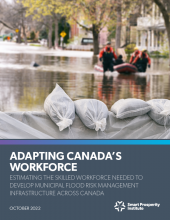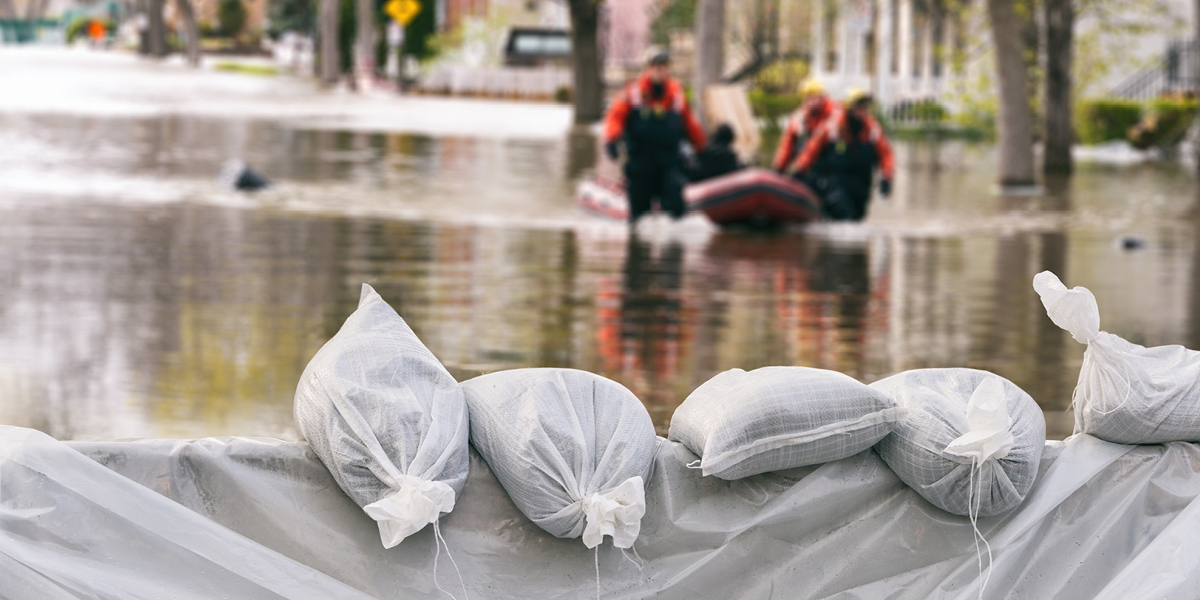Canada is facing the prospect of serious impacts from climate change. Already, the country is warming twice as fast as the global average – and three times as fast in the North. This warming is making events that threaten the safety and wellbeing of those living in Canada more frequent and more intense.
Solutions to advance climate change adaptation include retrofitting, and building new, infrastructural solutions – both built and natural infrastructure – as well as “soft” adaptation measures like administrative changes and programs. This undertaking will require major investments; however, these investments in Canada’s climate resilience can offer multiple benefits:
- They can reduce many of the costs climate change will bring upon households, communities, and the economy.
- Beyond the impacts on households, proactive investments will reduce the host of broader economic, environmental, and social costs that a changing climate will bring.
- Spending on climate resilience to manage risk and mitigate these costs can also create a significant number of jobs for Canadians across the country designing, building, and maintaining these investments in our resilience.
Despite these benefits and the need to advance adaptation rapidly, there is still limited understanding of the workforce requirements to build these projects, both in terms of the workers needed to construct projects and the skills required for this work.
Adapting Canada’s Workforce estimates the number of workers needed, and the skills they will require, to build out adaptation projects that reduce flood risk in municipalities across Canada, showing that:
- Spending on municipal flood risk management infrastructure projects can create 60,465 jobs across Canada between now and 2030.
- The flood risk management infrastructure projects advanced in the DMAF portfolio, as currently funded, will create almost 23,000 direct and indirect jobs in the coming decade.
- Federal, provincial, and territorial government should increase total spending on flood risk management projects to $6.47 billion by 2030 to avoid the worst impacts of flooding and erosion. This additional spending will create nearly 38,000 more jobs across the country.
Key takeaways
- Overall, the additional funding to support municipal flood risk management is expected to create more jobs than DMAF. This report identified that DMAF spending is not currently at high enough levels to support municipal flood risk management needs as Canada’s climate changes.
- The types of jobs required will be directly connected to the types of projects that are funded. Offering greater support to one form of adaptation measure will require more skilled workers to advance those specific projects.
- The skills most in demand across the flood resilience workforce are process, social and problem solving skills, given the need to bolster soft adaptation skills to advance natural and built infrastructure projects. This implies a growing importance for workers in low, medium, and high skilled professions to have a wide range of skills beyond core technical skills in order to learn how to dynamically respond to the changing needs of adaptation infrastructure.



